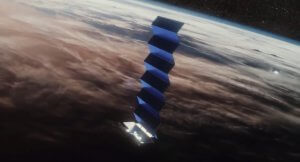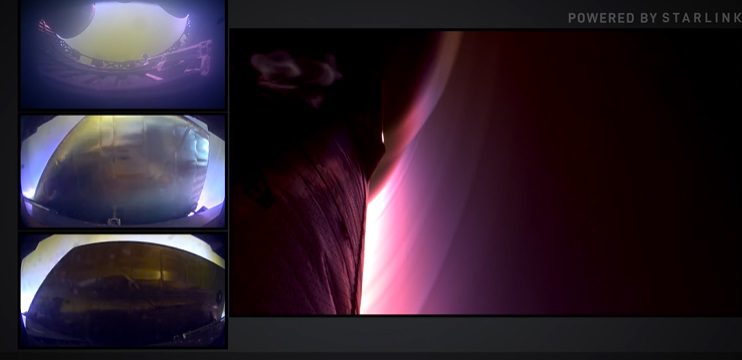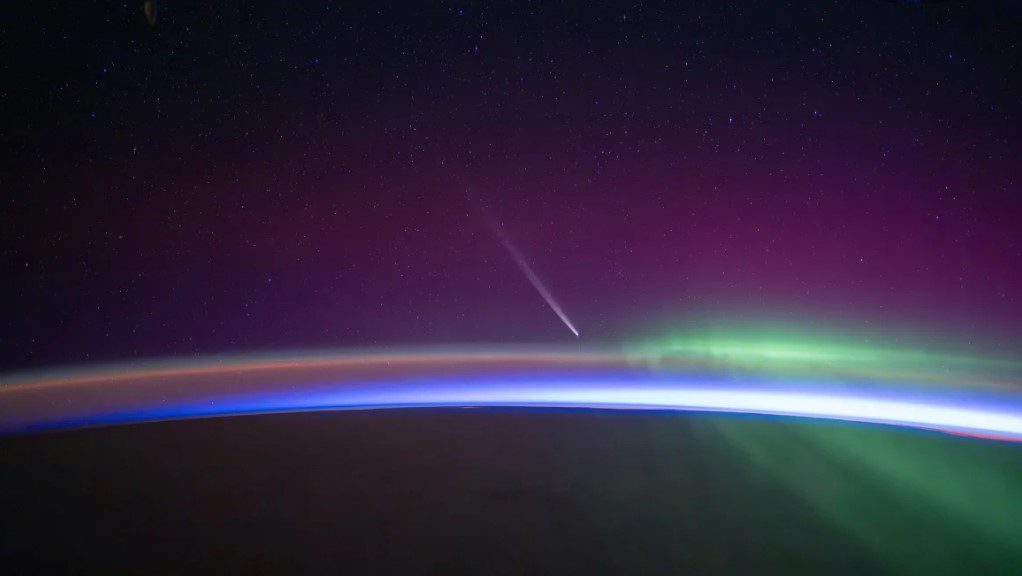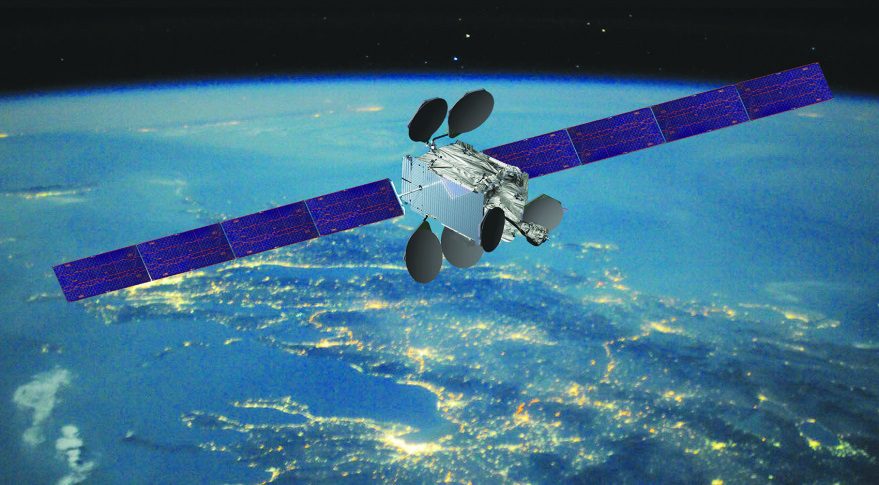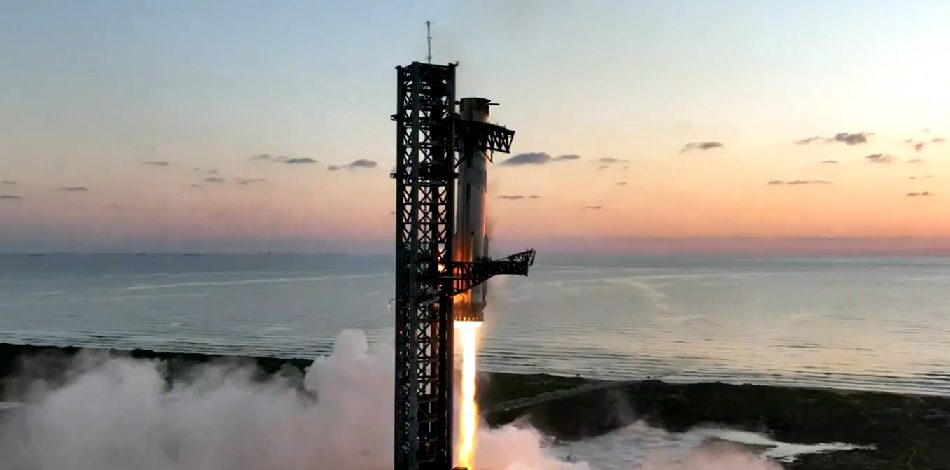SpaceX has launched the first 60 satellites in its Starlink low Earth orbit constellation of communications satellites aimed at providing high bandwidth with low latency to mobile users on Earth.
The launch, which had been delayed by over a week by upper level winds and the need to import a software upgrade onto the satellites, finally went ahead on a Falcon 9v1.2FT Block 5 rocket from Cape Canaveral at 0230 GMT on 24 May 2019.
The first deployment for the constellation will eventually see 1,600 spacecraft placed into a single orbit and 32 orbital planes. Later deployments will see the total number of spacecraft raised to 4,425 in four separate orbits. The “train” of satellites has been observed on Earth. Its brightness has upset astronomers who have said this could seriously affect their work, especially if the full constellation of Starlink satellites is deployed.
Update on 14 June 2019: While Space X announced that all the satellites were in contact with ground control, according to analysis of orbital raising manoeuvres four satellites appeared to have been behaving differently from the otherst. SpaceX later confirmed that while all had got their solar arrays deployed and four did have anomalies. It now appears that one of these is in the process of being deorbited.
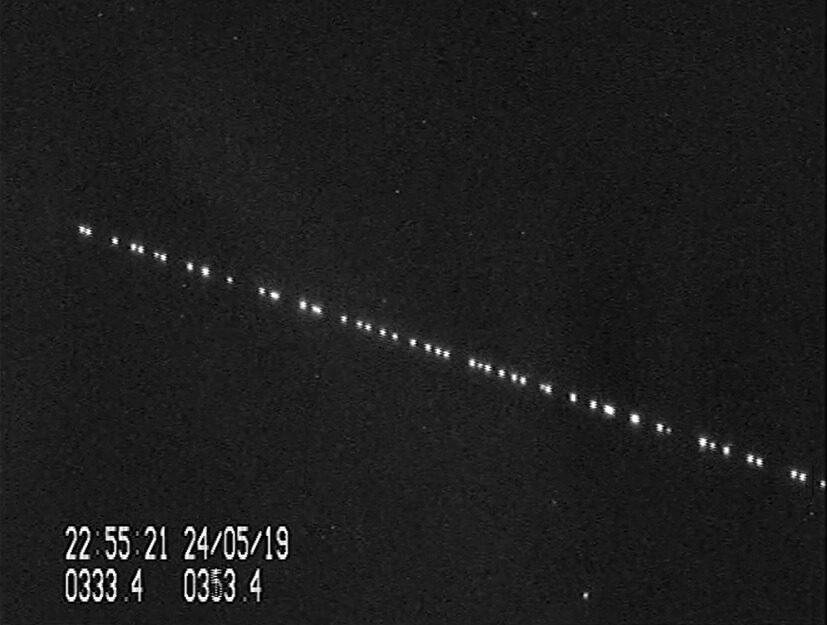
The Starlink “train” of released satellites was visible from Earth – as imaged passing by. Courtesy: Marco Langbroek/Vimeo
The satellites use Krypton propellant Hall-Effect electric thrusters and a single solar array. This first batch lacks the intersatellite communications links that later satellites will have.
Following stage separation, SpaceX landed Falcon 9’s first stage on the “Of Course I Still Love You” drone ship, stationed in the Atlantic Ocean. Approximately one hour and two minutes after lift-off, the Starlink satellites were deployed at an altitude of 440km in low Earth orbit. They then used on-board propulsion to reach an operational altitude of 550 km.
This was the third launch of Falcon 9’s first stage. It was previously used on the Telstar 18 Vantage satellite launch in September 2018 and the Iridium-8 mission in January 2019.
Comment by David Todd: Because the Starlink satellites of this first batch are classed as “test satellites”, SpaceX emphasises that any anomalies will not be regarded as “failures” but as “areas to learn from”. Sounds a like a bit of expectation management to this cynical old space writer.


